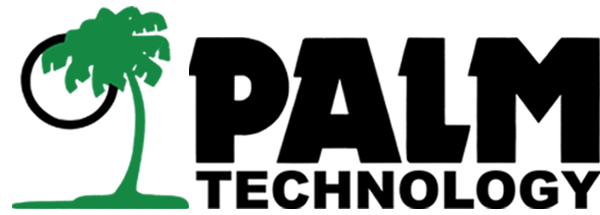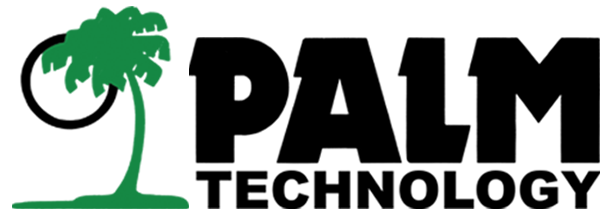Etch and Passivation
Overview of Etch and Passivation Processes
Etching and passivation are chemical surface treatments used to modify and enhance the surface properties of metals. While etching is primarily used to clean, texture, or prepare a metal surface for subsequent processing, passivation is designed to protect stainless steel and other corrosion-resistant alloys by enhancing their natural oxide layers. Both processes are essential in industries such as aerospace, medical devices, semiconductors, food processing, and general manufacturing, where surface integrity and cleanliness are critical.
Key Benefits of Etch and Passivation:
- Improved surface cleanliness and activation for plating, coating, or bonding
- Enhanced corrosion resistance through oxide layer formation
- Removal of embedded contaminants, free iron, and scale
- Improved wettability, adhesion, and surface roughness control
- Compliance with ASTM, AMS, and industry-specific standards
Etching Process Overview
Etching is a controlled chemical reaction that removes material from the surface of a metal, creating either a uniform matte texture or a microscopically clean and active surface. Etching may be used for decorative purposes, bonding preparation, oxide removal, or dimensional adjustment.
1. Cleaning and Degreasing
Prior to etching, the metal surface is thoroughly cleaned to remove oils, oxides, and debris. Alkaline cleaners or solvents are commonly used.
2. Chemical Etching
The part is immersed in or sprayed with an acid or alkaline solution specific to the base material. Common etchants include nitric-hydrofluoric acid blends, ferric chloride, and sulfuric acid mixtures, depending on the substrate.
3. Rinsing and Neutralizing
After etching, the part is rinsed and neutralized to remove all chemical residues and prevent further unwanted reactions.
Etching is widely used on stainless steel, titanium, aluminum, and copper alloys for surface activation or preparation prior to coating, bonding, or welding.
Passivation Process Overview
Passivation is a chemical treatment that enhances the natural oxide layer on stainless steel and corrosion-resistant alloys. It removes free iron and surface contaminants that could lead to localized corrosion, without altering the appearance or dimensions of the part.
1. Pre-cleaning
Parts are cleaned with alkaline solutions or detergents to remove grease, particles, or residues.
2. Acid Treatment
Parts are immersed in nitric acid or citric acid solutions, depending on the alloy and desired environmental compliance. The acid removes free iron and promotes the formation of a passive chromium oxide layer.
3. Rinse and Dry
Thorough rinsing ensures the removal of acid residues. The passive layer stabilizes shortly after drying.
Passivation is essential for stainless steel, duplex stainless, Inconel®, Monel®, and Hastelloy® components used in sanitary, high-purity, and corrosion-sensitive environments.
Specifications and Standards
- ASTM A967: Specification for chemical passivation treatments for stainless steel parts
- AMS 2700: Aerospace specification for passivation of corrosion-resistant steels
- ASTM B600: Standard guide for cleaning and descaling aluminum parts
- Customer-Specific Specs: Etch and passivation processes are often customized to meet OEM and regulatory requirements
Applications of Etch and Passivation
- Aerospace: Surface prep for bonding, plating, and corrosion control
- Medical Devices: Surgical instruments, implants, and tubing with biocompatible finishes
- Food and Beverage: Sanitary stainless steel surfaces for process equipment
- Semiconductors: Ultra-clean surfaces for wafer carriers, chambers, and tooling
- Oil & Gas: High-alloy parts with passivated finishes for offshore and corrosive environments
Conclusion
Etching and passivation are foundational chemical processes used to clean, prepare, and protect metal surfaces. By removing contaminants and enhancing corrosion resistance, these treatments ensure the longevity, reliability, and performance of components used in critical applications across a wide range of industries.
The information provided above is for general informational purposes only. Palm Technology makes no representations or warranties of any kind, express or implied, about the completeness, accuracy, reliability, or suitability of the information for any purpose. Any reliance you place on such information is strictly at your own risk. Palm Technology disclaims all liability for any loss or damage arising from the use of or reliance on this information.

